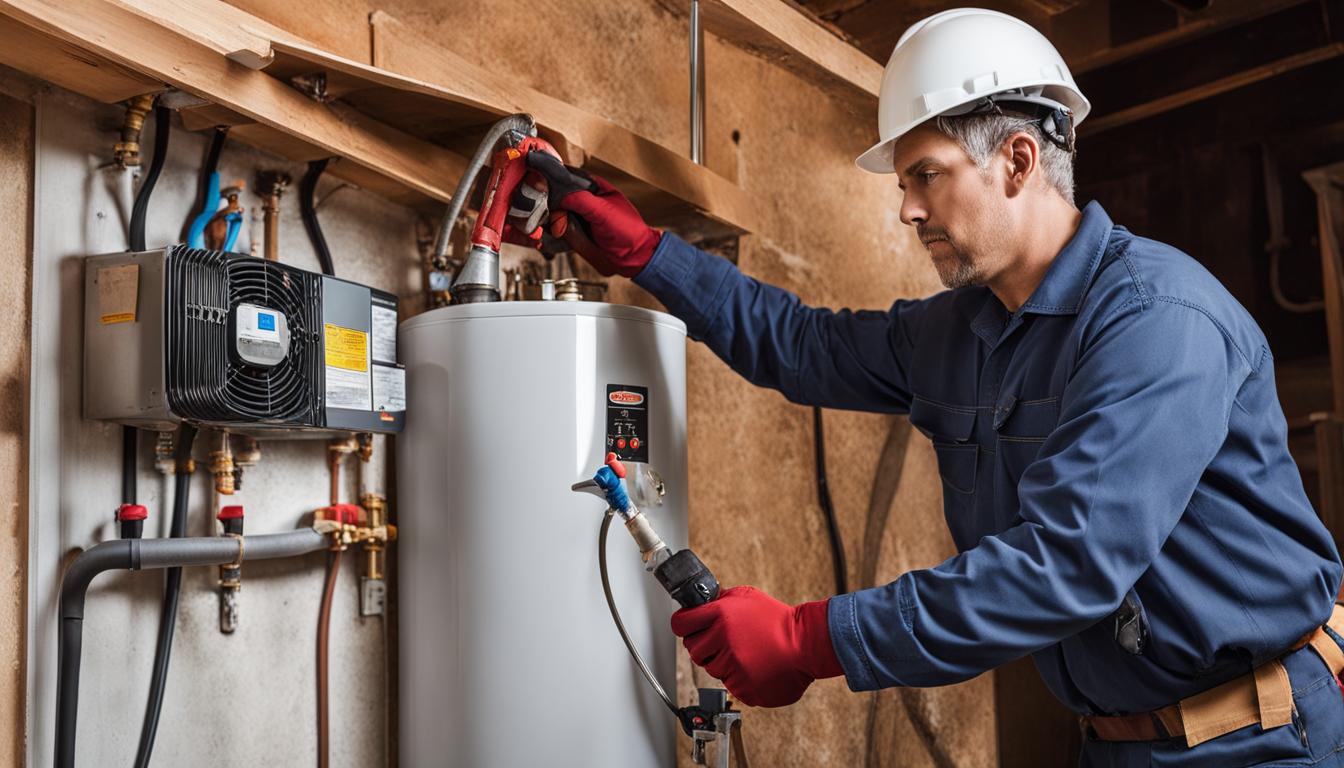What are your thoughts on Tips For Maintaining Your Hot Water Heater?

Hot water is important for day-to-day comfort, whether it's for a refreshing shower or cleaning dishes. To ensure your warm water system runs effectively and lasts longer, regular maintenance is key. This post offers useful tips and insights on how to keep your home's warm water system to prevent disturbances and expensive repair work.
Intro
Preserving your home's hot water system might appear overwhelming, yet with a couple of straightforward steps, you can ensure it operates smoothly for several years ahead. This guide covers everything from understanding your warm water system to DIY maintenance ideas and knowing when to hire expert help.
Significance of Keeping Your Hot Water System
Normal upkeep not just prolongs the lifespan of your hot water system however likewise ensures it runs efficiently. Neglecting maintenance can lead to reduced effectiveness, higher energy expenses, and even early failing of the system.
Indications Your Warm Water System Requirements Maintenance
Understanding when your warm water system requires attention can stop significant concerns. Look out for indicators such as inconsistent water temperature level, strange sounds from the heater, or rusty water.
Comprehending Your Hot Water System
Before diving into maintenance jobs, it's valuable to recognize the standard components of your hot water system. Commonly, this consists of the hot water heater itself, pipes, anode rods, and temperature controls.
Regular Monthly Maintenance Tasks
Routine month-to-month checks can aid capture minor issues before they escalate.
Flushing the Water Heater
Flushing your water heater removes debris buildup, enhancing effectiveness and extending its life.
Checking and Changing Anode Rods
Anode poles protect against corrosion inside the container. Inspecting and changing them when worn is important.
Evaluating and Readjusting Temperature Level Settings
Adjusting the temperature level setups ensures optimal performance and security.
Do It Yourself Tips for Upkeep
You can carry out several maintenance tasks yourself to maintain your warm water system in leading problem.
Checking for Leakages
Consistently inspect pipes and connections for leakages, as these can cause water damage and higher bills.
Examining Stress Relief Valves
Examining the pressure relief valve guarantees it operates appropriately and prevents excessive stress build-up.
Insulating Pipelines
Shielding warm water pipes lowers warmth loss and can save power.
When to Call a Professional
While do it yourself upkeep is valuable, some problems call for professional know-how.
Complicated Issues Needing Specialist Aid
Instances include significant leakages, electrical troubles, or if your hot water heater is consistently underperforming.
Routine Expert Maintenance Advantages
Specialist upkeep can include complete inspections, tune-ups, and making certain compliance with safety and security requirements.
Final thought
Regular upkeep of your home's warm water system is necessary for performance, longevity, and expense savings. By complying with these tips and knowing when to look for specialist help, you can make certain a reputable supply of warm water without unexpected interruptions.
How to Maintain an Instant Hot Water Heater
Before tinkering with your hot water heater, make sure that it’s not powered on. You also have to turn off the main circuit breaker and shut off the main gas line to prevent accidents. Also turn off the water valves connected to your unit to prevent water from flowing into and out of the appliance. 2. When you’re done, you have to detach the purge valves’ caps. These look like the letter “T” and are situated on either side of the water valves. Doing so will release any pressure that has accumulated inside the valves while at the same time avoid hot water from shooting out and burning your skin. 3. When the purge valves’ caps are removed, you have to connect your hosing lines to the valves. Your unit should have come with three hoses but if it didn’t, you can purchase these things from any hardware or home repair shops. You can also get them from retail stores that sell water heating systems. Read the user’s manual and follow it to complete this task properly. When the hosing lines are connected, open the purge port’s valves. 4. You should never use harsh chemical cleaners or solutions when cleaning your unit. Make use of white vinegar instead. It should be undiluted and you’ll probably use about 2 gallons. 5. Now flush your water heater. This task should probably take about 40 minutes. We can’t give you specific directions for this because the procedure is carried out depending on the type, model and brand of your heater. With that being said, refer to the user’s manual. 6. When you’re done draining the unit, you have to turn off the purge port valves again. Remove the hosing lines that you earlier installed on each of the water valves. Put the valve caps (purge port) back in their respective places and be very careful so as not to damage the rubber discs that are found inside these caps. 7. Now that everything’s back in place, check your user’s manual again to find out how to reactivate your water heating system. 8. Once it is working, turn one of your hot water faucets on just to let air pass through the heater’s water supply pipes. Leave the tap on until water flows smoothly out of it. https://www.orrplumbing.com/blog/2014/september/how-to-maintain-an-instant-hot-water-heater/

I came across that post on How to Maintain Your Water Heater & Prolong its Life while surfing around the search engines. Sharing is nice. Helping people is fun. I take joy in reading our article about What Kind of Maintenance Do Water Heaters Need?.
Click Here